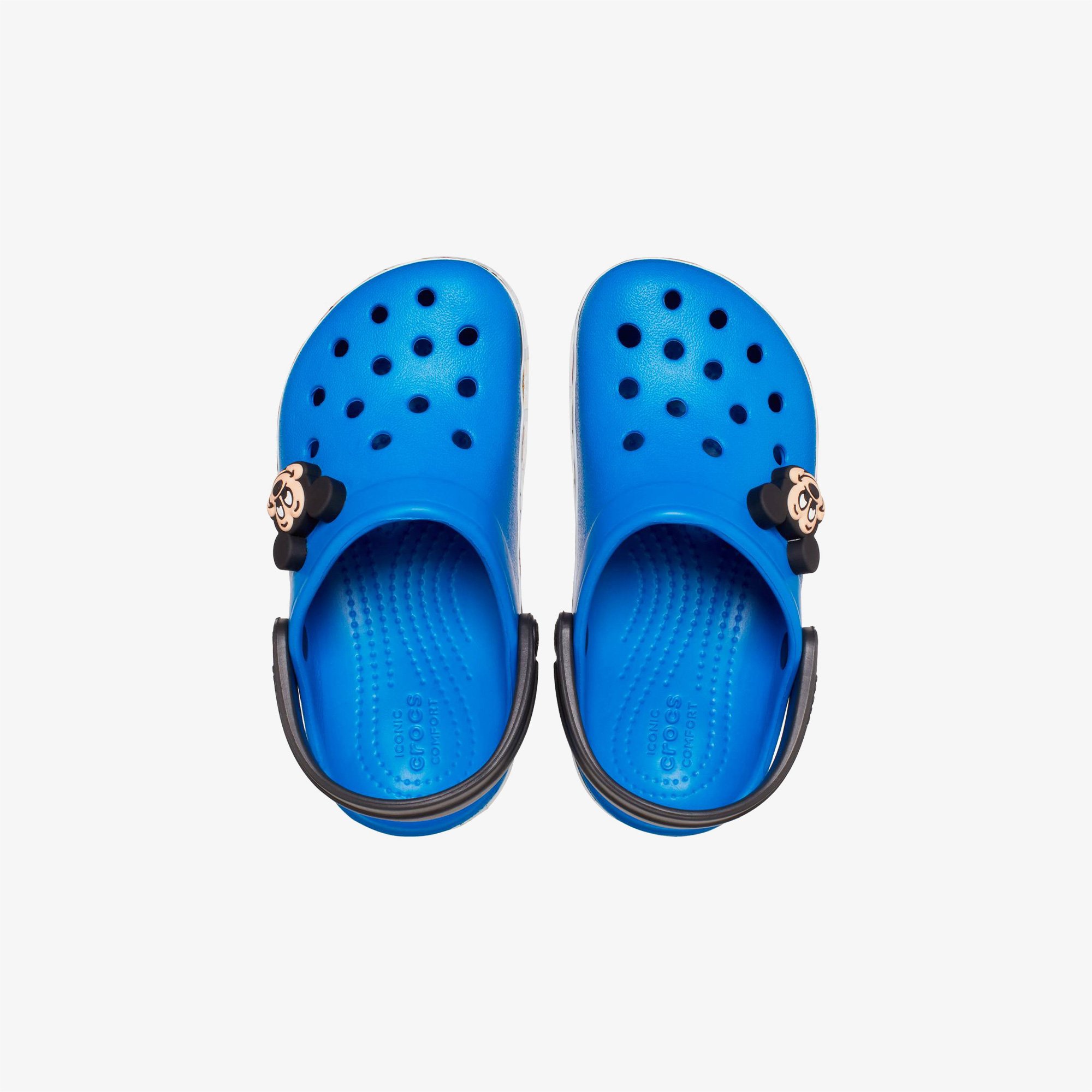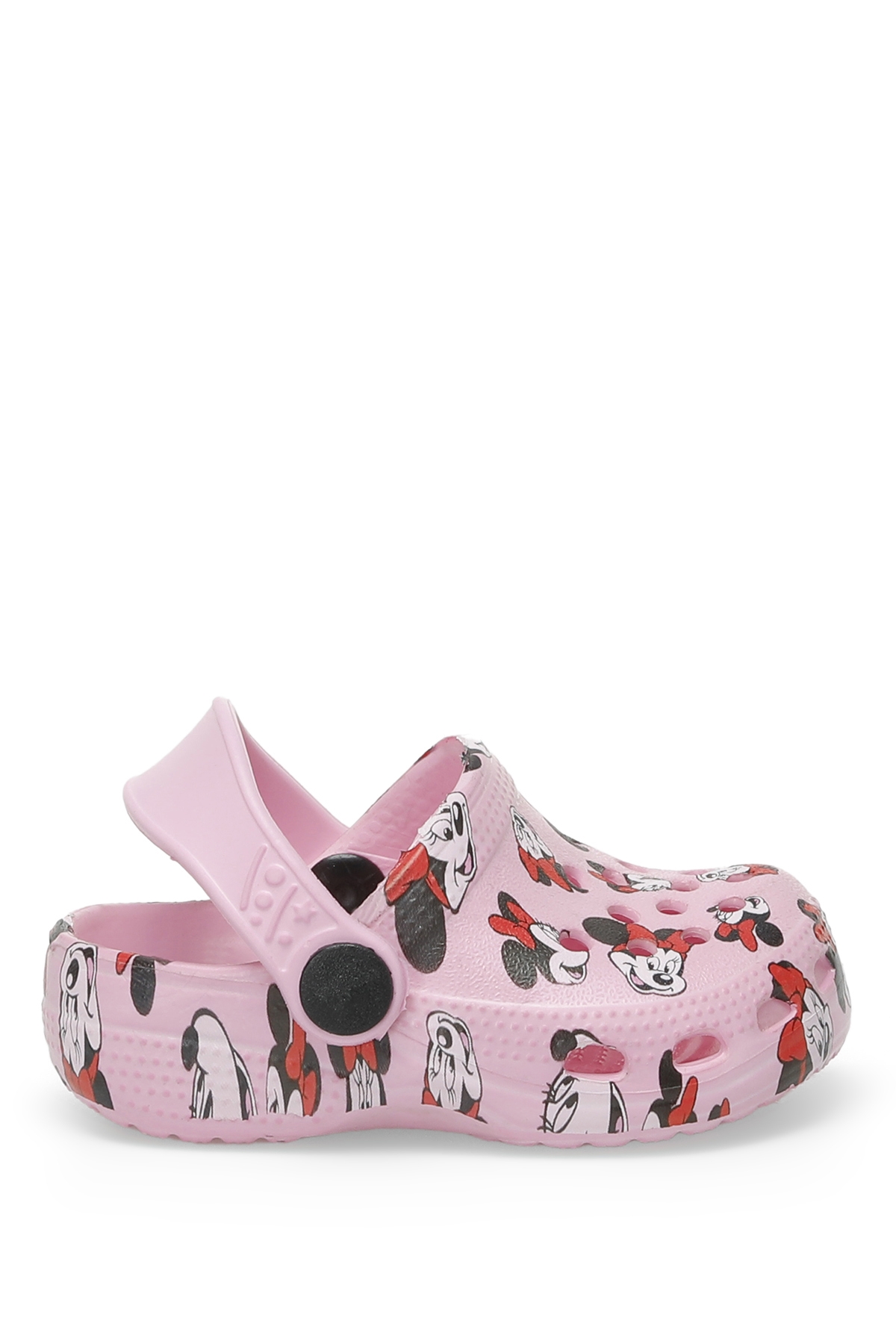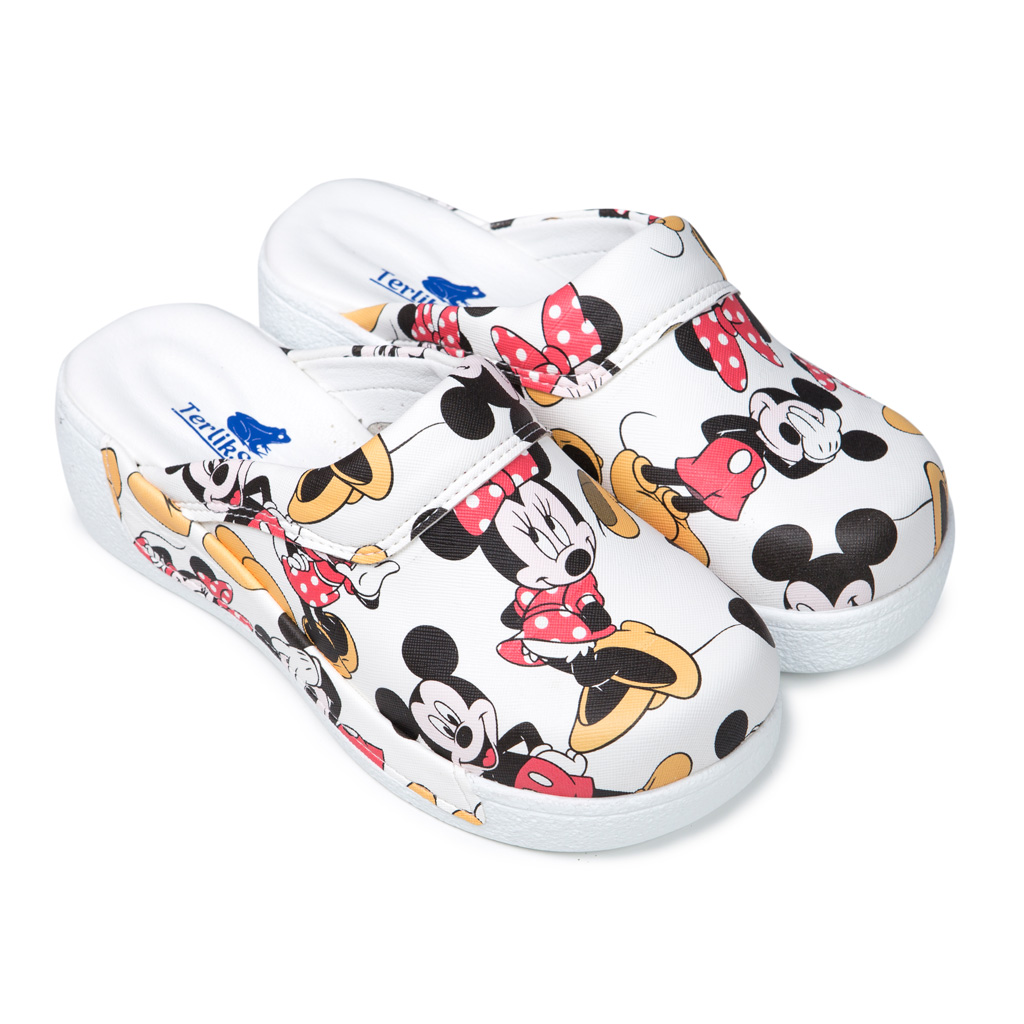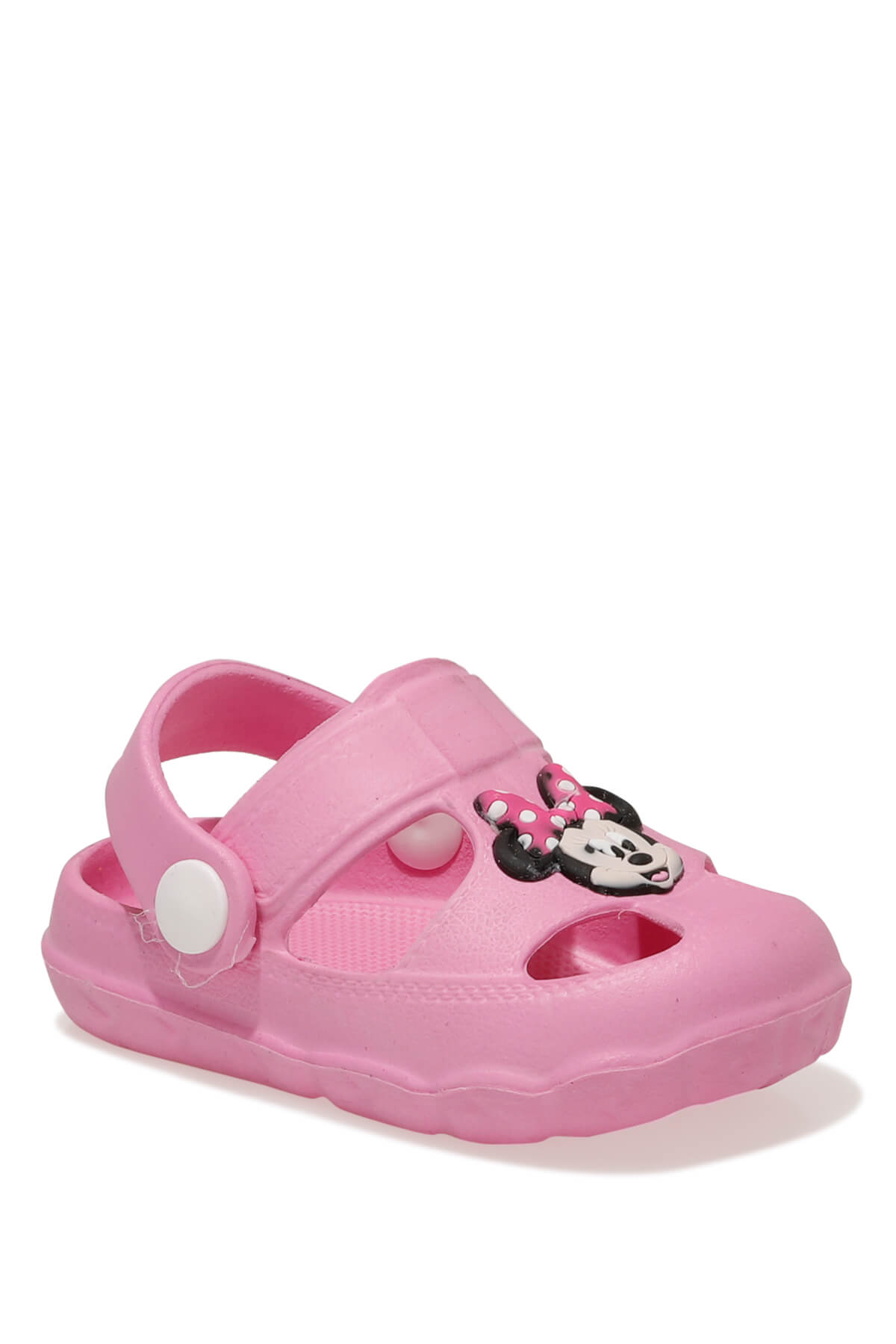
Disney Mickey Mouse Baby Slippers Girls Cute Cartoon Slippers Girls Beach Sandals Children's Hole Shoes - AliExpress

Blue Mickey Mouse Pattern Air Max Clogs With Slippers Mules - Etsy | Hospital shoes, Nursing shoes, Womens clogs

Disney kış erkek ve kız güzel pamuk terlikler Mickey mouse yatak odası ev kaymaz çocuk sıcak peluş terlik - AliExpress

Single Sale Wholesale Mickey And Minnie Mouse Cartoon Shoe Buckle PVC Soft Glue Accessories Decorations Kids X-mas Party Gifts - AliExpress




















